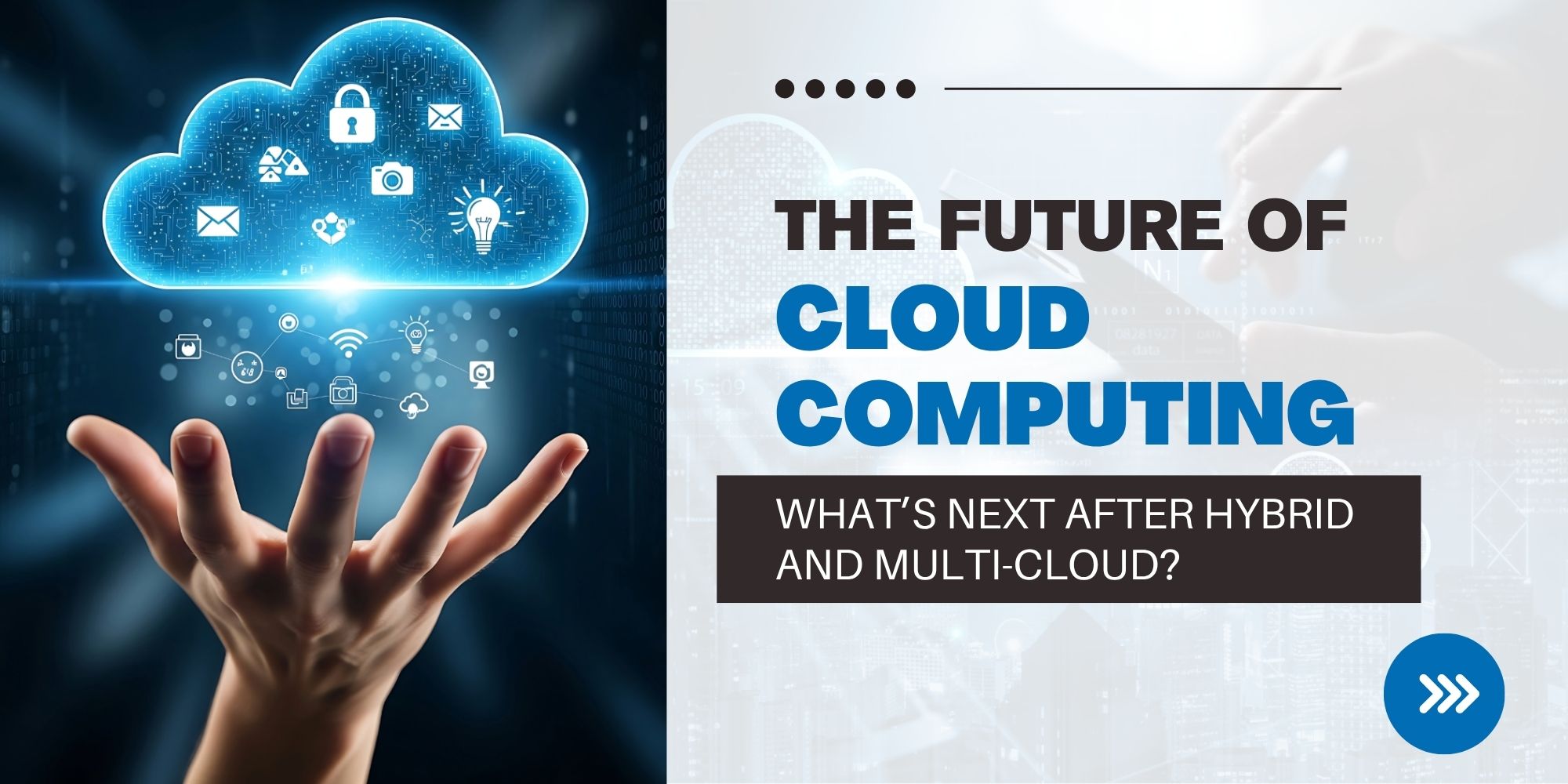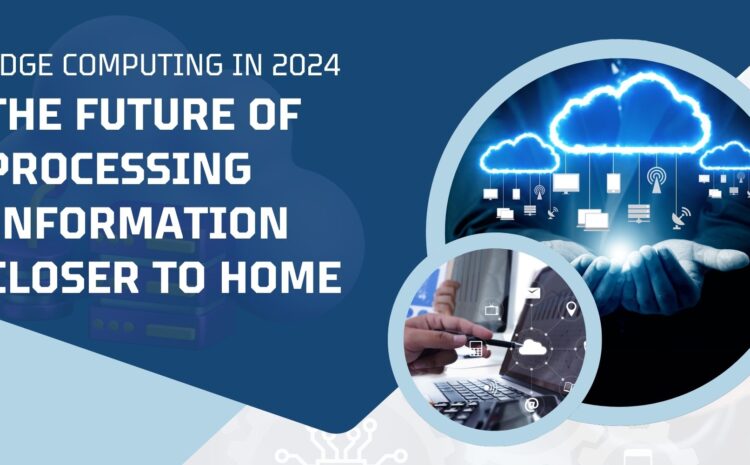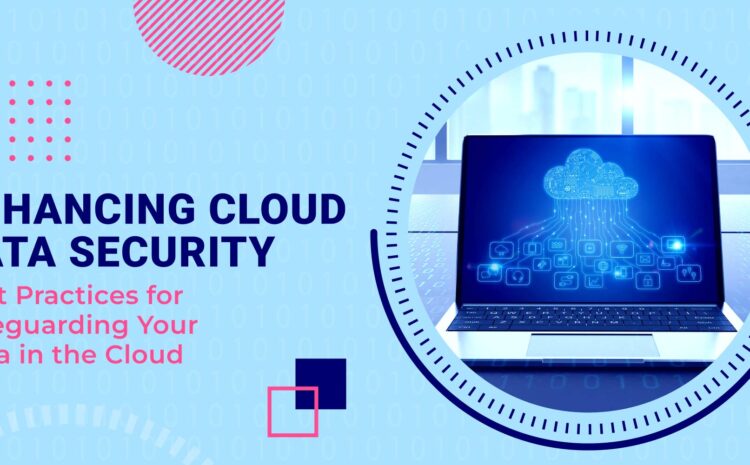Hi everyone! Grab your favorite drink, and let’s talk about where cloud computing stands today and where it’s headed next. Super busy? No worries; there’s a TL;DR at the end. Let’s get going!
For years, cloud conversations revolved around one big decision: should we go all-in on the public cloud or keep things on-premises? That’s how hybrid cloud took off—blending on-premises control with cloud flexibility. Then, as businesses wanted to avoid vendor lock-in and pick the best tools, multi-cloud became the norm.
As we’re saying our goodbyes to 2025, both approaches are well established. Most enterprises use some form of multi-cloud strategy, and hybrid deployments remain common for regulated industries. But the real story now is about what comes after hybrid and multi-cloud—because the next stage of cloud is unfolding in front of us today.
Cloud as an Intelligent Co-Pilot
Right now, the cloud isn’t just infrastructure—it’s becoming an autonomous co-pilot. Providers are embedding AI and machine learning into everything, from scaling decisions to anomaly detection.
That means your workloads don’t just sit on servers—they adapt in real time. Need to handle a sudden traffic spike? The cloud predicts it and auto-scales. Detect a potential security risk? The system flags it and reroutes workloads. Cloud is shifting from being a storage locker to being a partner that thinks, acts, and optimizes alongside your team.
Edge Combined With Serverless Offers Fast, Local, and Efficient Business Operations
As businesses rely on connected devices, AR/VR, and IoT, the need for real-time processing has become urgent. That’s why edge computing is gaining momentum.
Instead of sending every request back to a distant data center, workloads now run closer to where the data is created—at the edge. Pair this with serverless models, where code runs only when triggered, and businesses get faster responses with lower costs.
This shift is already visible in industries today, from logistics—like tracking fleets in real time—to healthcare—where wearables process patient data locally—and retail, where businesses are offering smart checkout systems.
Security and Sovereignty Come First
With distributed systems, security is front and center. Today’s cloud strategies emphasize zero-trust architectures and confidential computing, keeping data encrypted even while being processed.
Governments are also shaping the cloud’s future with new regulations. Sovereign clouds—where data must stay within national borders—are no longer experimental. They’re already being deployed by major providers to meet compliance needs across finance, healthcare, and government sectors.
Industry Clouds on the Rise
Cloud computing has gone vertical. Instead of offering only generic infrastructure, providers now deliver industry-specific clouds built for healthcare, finance, retail, and more.
These clouds come with preconfigured compliance, AI models trained on industry data, and out-of-the-box integrations. For businesses, that means less time customizing and more time innovating. You can roll out solutions faster because the cloud already speaks your industry’s language.
The Push Toward Greener Clouds
Another big shift happening right now is sustainability. With data centers consuming massive amounts of power, green cloud initiatives are no longer optional.
Today, leading providers are racing to adopt renewable energy, optimize hardware, and reduce cooling costs. And for many businesses choosing a provider, sustainability is now as important as performance or price. The cloud of today and tomorrow isn’t just smart—it’s also expected to be responsible.
Where We Are Today and What’s Next
So, if hybrid and multi-cloud were the big milestones of the last few years, what’s next? Right now, we’re entering a stage defined by:
- Smarter operations powered by AI and automation
- Edge and serverless models that bring workloads closer to users
- Security and sovereignty as core design principles
- Industry-tailored clouds that reduce friction and speed innovation
- Green initiatives that make sustainability part of cloud value
The cloud has evolved from infrastructure to intelligence and trust. The businesses that treat cloud not just as a platform but as a co-pilot for transformation will be the ones leading into the future.
TL;DR: Hybrid and multi-cloud are here today, but the next stage of cloud is already unfolding: intelligent, secure, industry-specific, and sustainable ecosystems. Cloud is no longer just where your apps live—it’s how your business grows smarter.
Hope you enjoyed this post! While you’re here, check out more of our blogs on Cloud Technologies, Salesforce CRM, Zoho, AI, AWS, and Cybersecurity—we’ve got plenty of insights to help you stay ahead.




